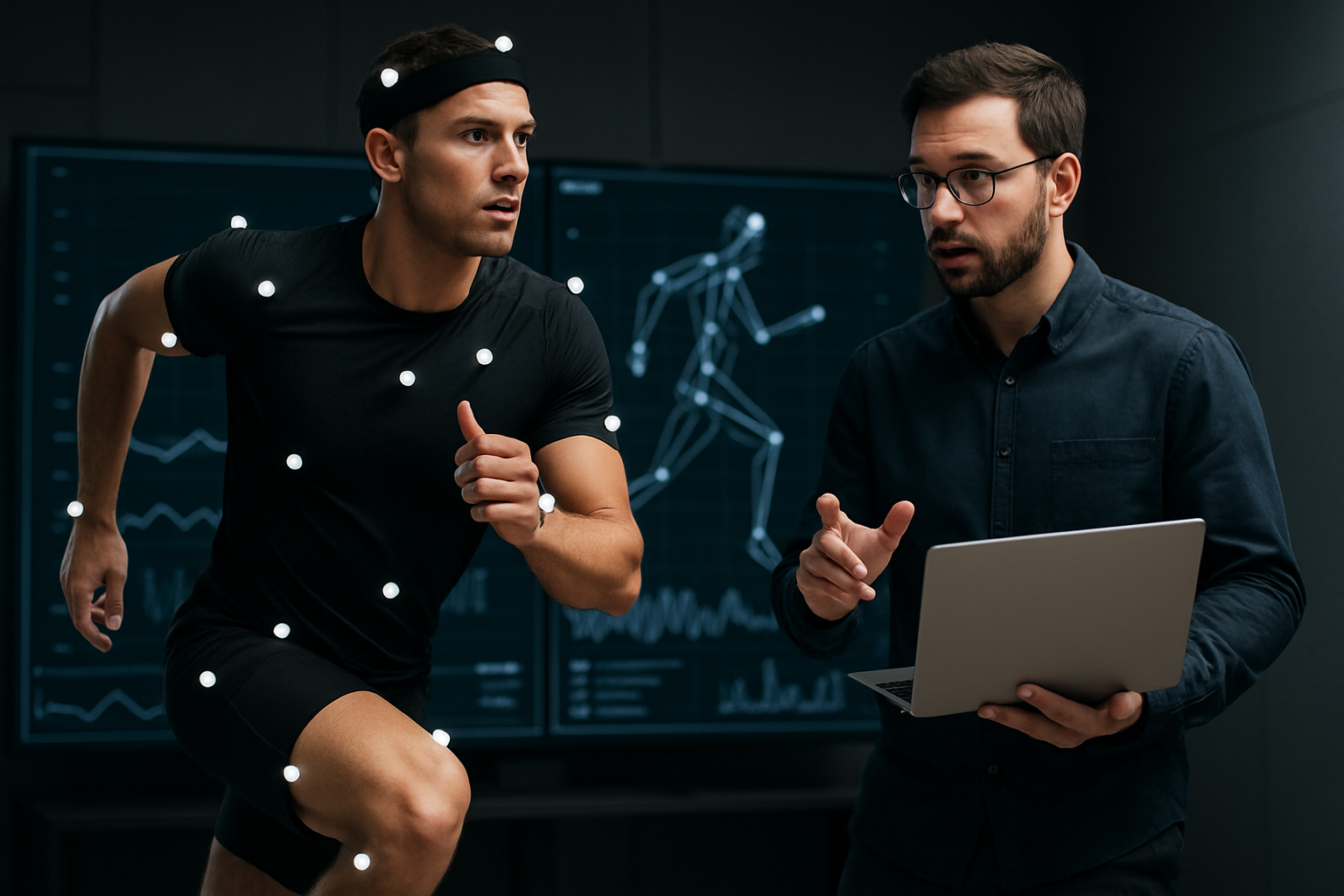Data analytics in competition: balancing metrics with human judgement
Data analytics are reshaping how teams prepare and compete, but numbers alone do not determine outcomes. This article examines how metrics integrate with coaching, scouting, and athlete wellbeing, and why human judgement remains essential alongside tracking, sensors, and predictive models.

Data analytics have become a central tool in modern competition, offering detailed insight into movement patterns, load management, and opponent tendencies. Yet relying solely on numbers can miss context: athlete motivation, environmental factors, and emergent behaviours on game day. Effective use of analytics requires translating metrics into actionable coaching plans, connecting with nutrition and recovery strategies, and respecting the human elements that shape performance. This balance matters across levels, from grassroots clubs to elite events, and touches scouting, facilities planning, and the broader fandom that follows sport.
What role do analytics play in athletics?
Analytics provide quantifiable measures of performance that help clarify trends and identify marginal gains. In athletics, data from wearables, video analysis, and timing systems reveal strengths and limitations across training cycles. Coaches and sport scientists use these metrics to benchmark athletes, track progress, and set realistic performance targets. However, interpretation must account for individual variability: one athlete’s optimal workload differs from another’s, and raw numbers need context to avoid misclassification or overtraining. Analytics are tools to inform decisions rather than absolute determinants of talent or outcome.
How do coaching and scouting use data?
Coaching and scouting now integrate qualitative observation with structured datasets. Scouts combine game footage with performance indicators to evaluate potential recruits, while coaches translate analytics into tactical adjustments and individualized plans. Data helps identify undervalued traits—positional awareness, work-rate patterns, or stamina under pressure—that may not be obvious from a single match. Yet human judgement remains crucial for assessing character, adaptability, and tactical fit. Real-world scouting blends stat-driven discovery with in-person evaluation to produce balanced recruitment and development decisions.
How can analytics guide training and recovery?
Training programs increasingly rely on metrics to manage load and reduce injury risk. Session RPE, GPS-derived distances, and heart-rate variability are common inputs to determine daily stress and recovery needs. Nutrition and recovery protocols can be tailored using data on energy expenditure and sleep quality, improving readiness for competition. Still, metrics must be combined with athlete feedback and clinical assessments: subjective wellbeing, pain reports, and psychological readiness often predict outcomes that sensors cannot fully capture. The best practice is an integrated approach where analytics inform plans that are then adjusted through coach-athlete dialogue.
How does technology influence facilities and events?
Technology shapes how facilities are designed and how events are delivered. Smart equipment, automated timing systems, and analytics platforms support efficient talent development and event operations. Facilities can use data to optimize schedules, reduce injury-prone surfaces, and provide targeted resources for training and medical support. Event organizers use analytics to improve scheduling, fan engagement, and athlete welfare. When deploying new systems, stakeholder input from coaches, medical staff, and athletes ensures technology supports practical needs rather than dictating routines that ignore local constraints or inclusivity goals.
Can analytics support inclusivity and grassroots growth?
Analytics can democratize insight by making performance feedback available to community clubs and youth programs. Simple tracking tools and structured metrics help coaches at the grassroots level design safer, more effective training sessions and identify talent across diverse populations. Inclusivity is supported when data collection considers different body types, gender, and access to technology. Local services and community facilities play a role by offering accessible tools and education so coaches and volunteers can interpret metrics responsibly. Prioritising equitable access ensures analytics contribute to broader participation rather than reinforcing existing advantages.
What about fandom, nutrition, wellbeing, and performance?
Fans increasingly interact with advanced statistics during events, deepening engagement and understanding of tactical nuance. Behind the scenes, nutrition and wellbeing programs informed by data help sustain long-term performance and athlete health. Metrics can guide meal timing, macro targets, and recovery windows, but individual preference and tolerances must shape plans. Wellbeing measures—mental health check-ins, sleep quality, and stress markers—are as important as physical metrics. Combining these dimensions yields a holistic view of performance where human judgement integrates quantitative inputs into compassionate, practical support.
Balancing analytics with human judgement improves decision-making across competition, from training and scouting to event delivery and community engagement. Data streamlines discovery, highlights risks, and supports individualized programming, but it cannot replace contextual interpretation, ethical considerations, and the lived experience of athletes and coaches. Sustainable, inclusive, and effective use of analytics depends on transparent methods, education for practitioners, and infrastructure that connects technology with people in a way that prioritizes wellbeing and fair opportunity.





